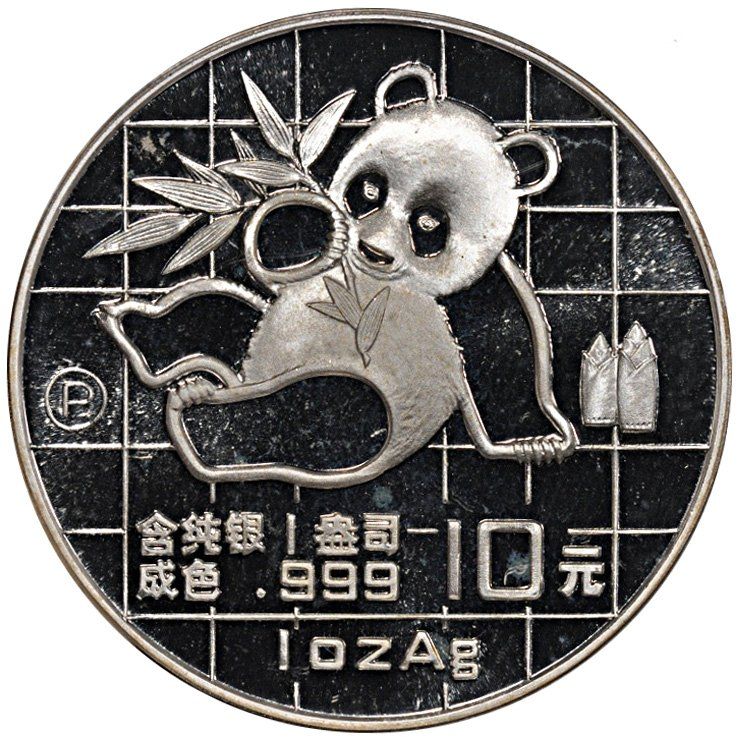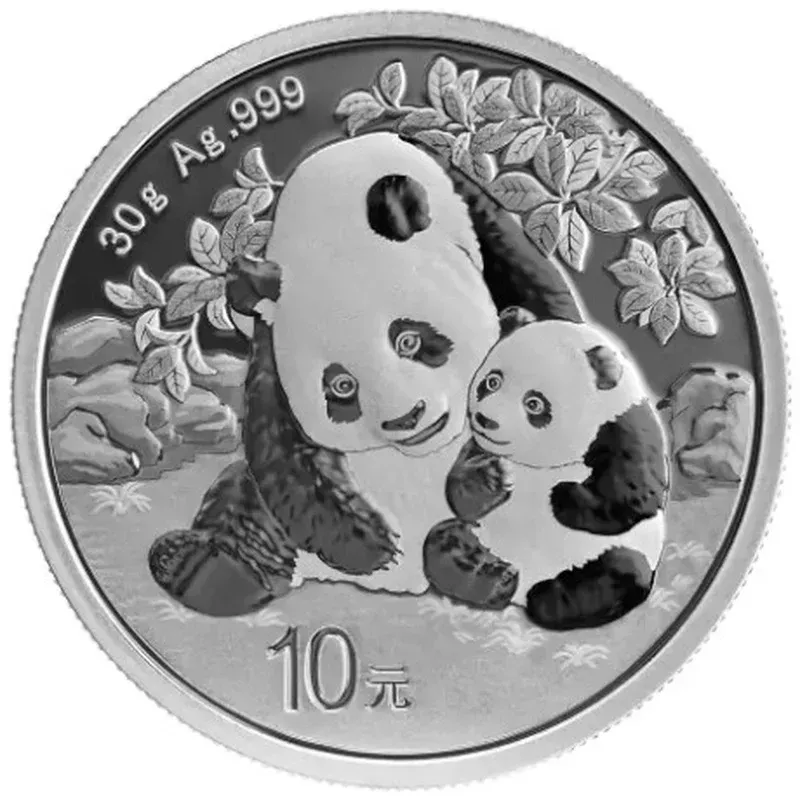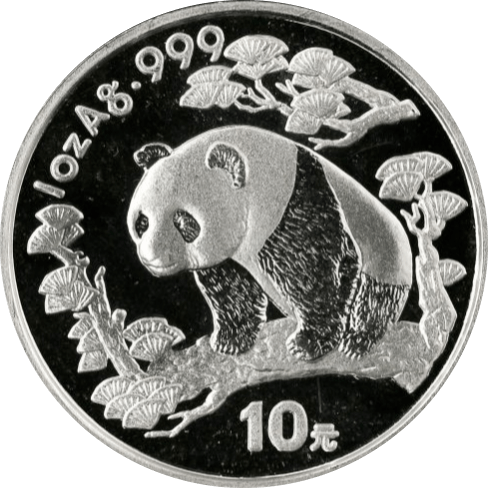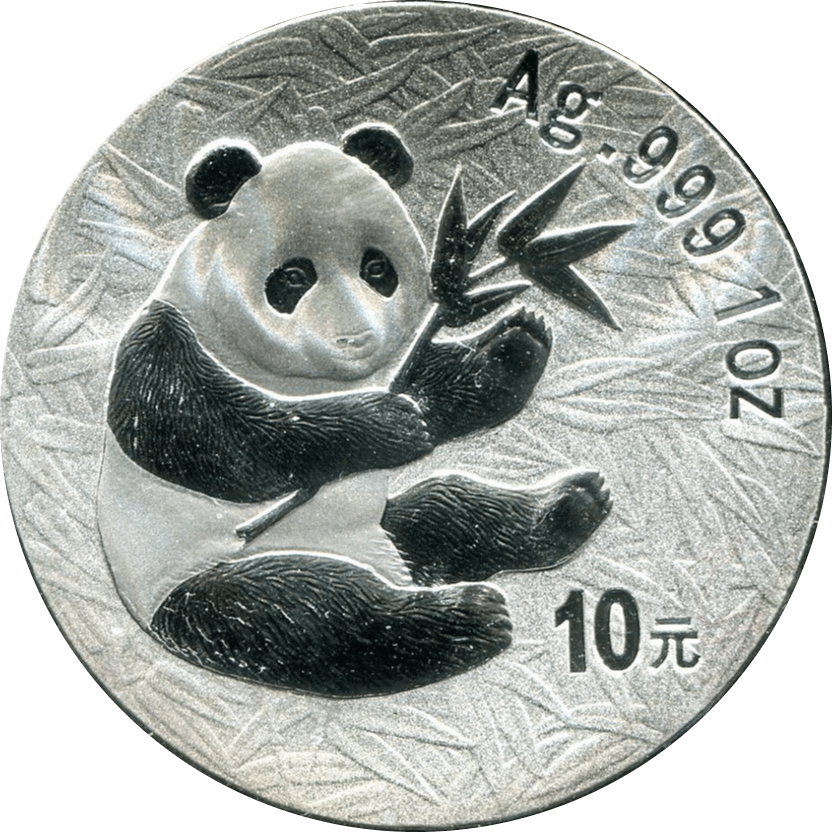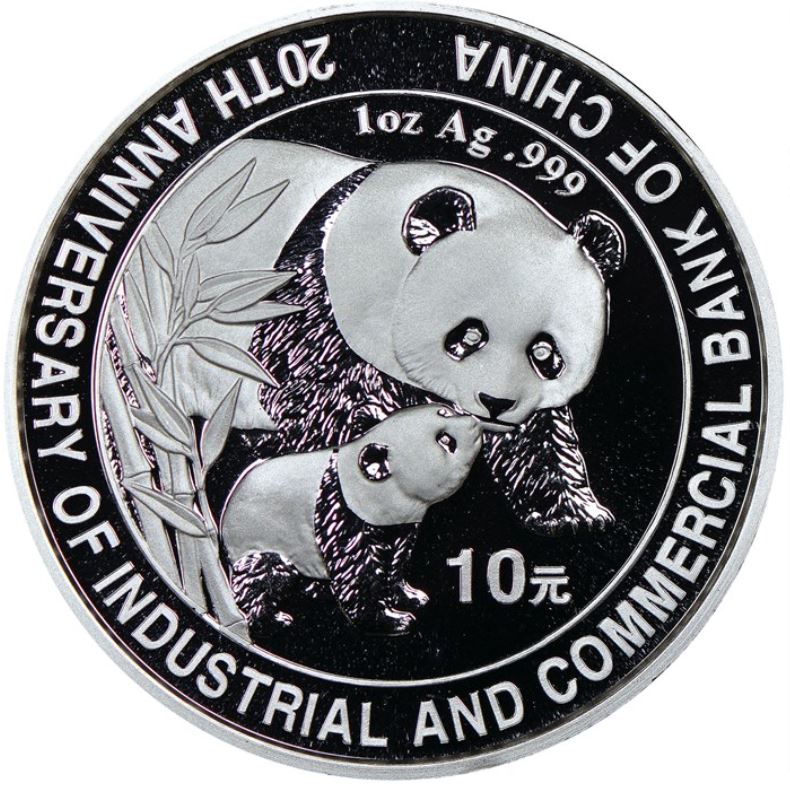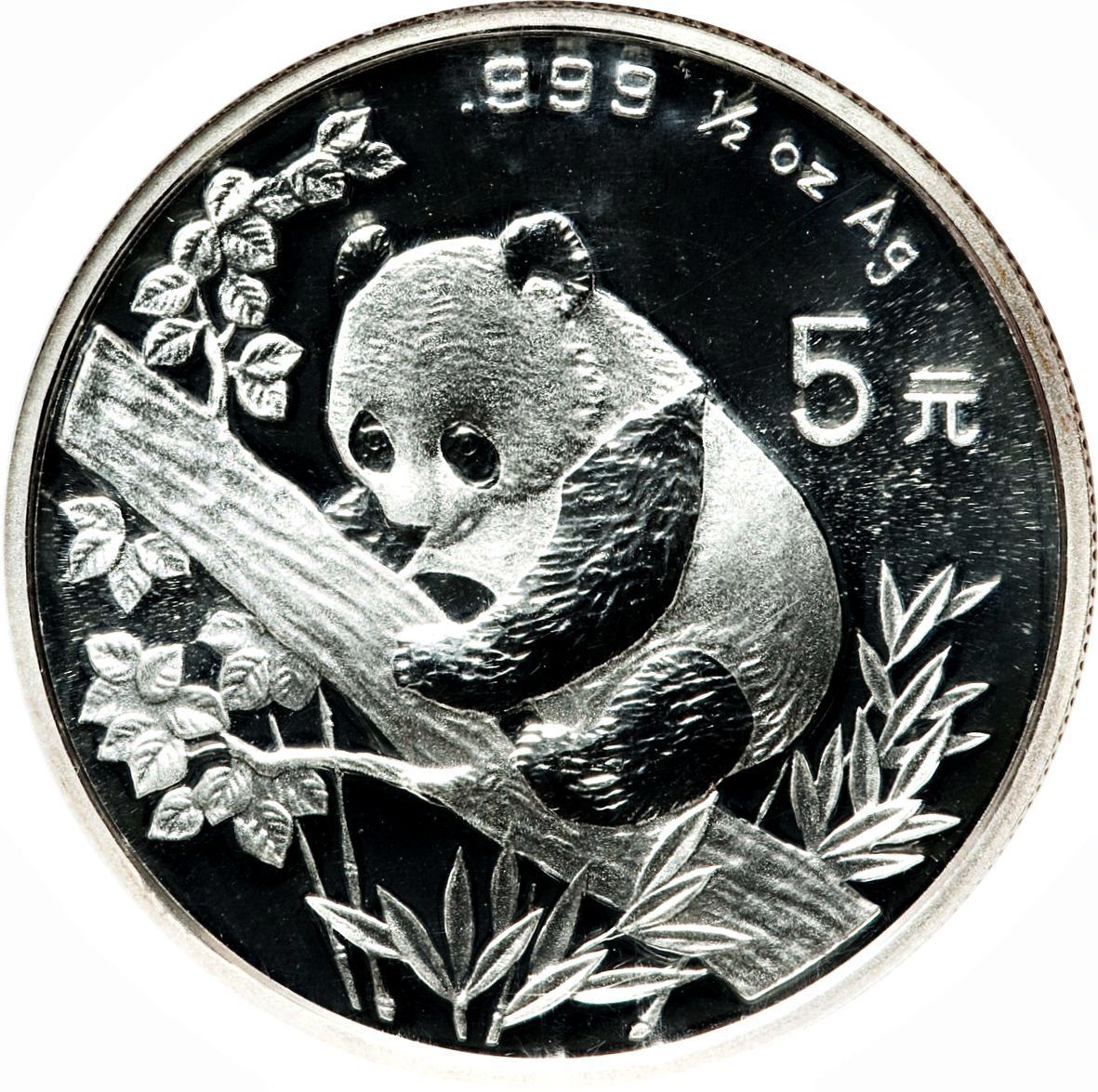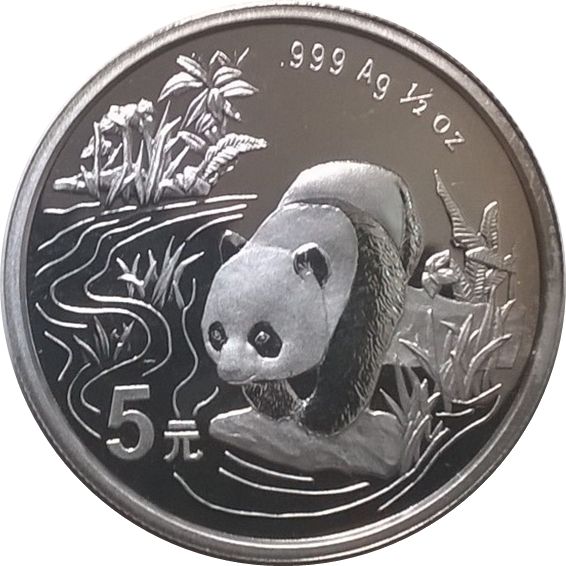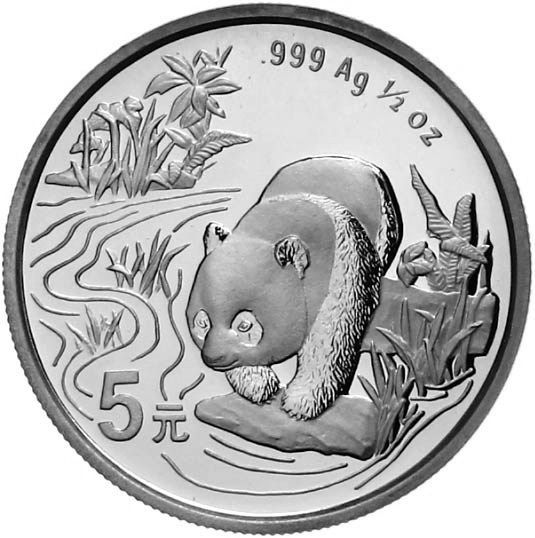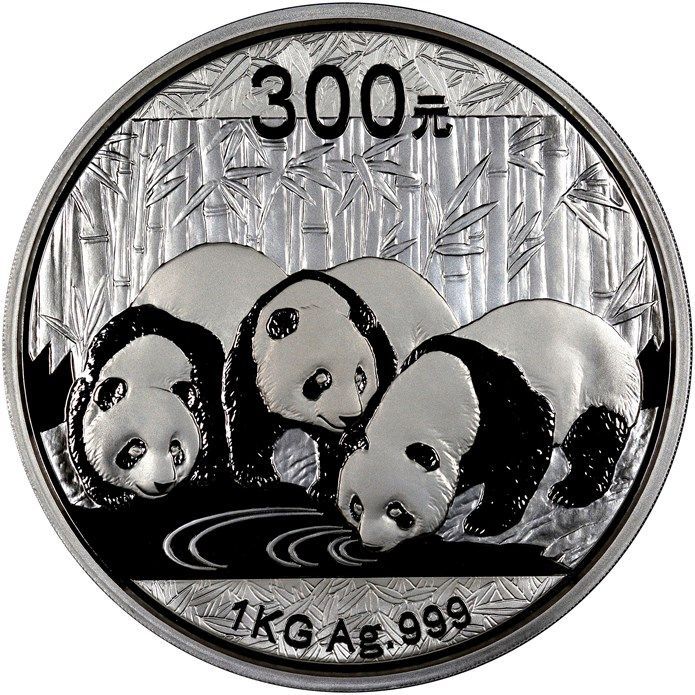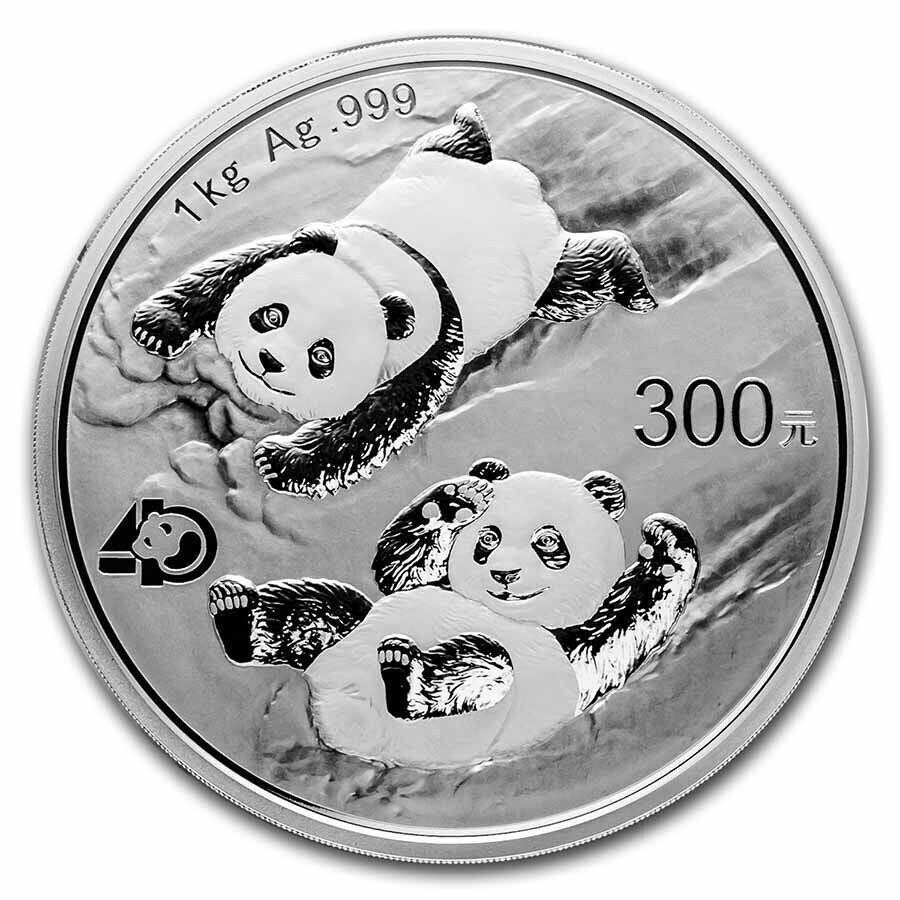The Complete Guide to the Chinese Panda
Bullion
The Shenyang & Shanghai mints are the two producers of the silver coin. These mints have a long history in China. Each mint uses different styles and techniques according to their manufacturing process. This has led to a variation in coins produced at the mints.
The center of the obverse is a depiction of The Hall of Prayer for Good Harvests located in the Temple of Heaven complex in Beijing. The Hall was built between 1406 to 1420. Chinese characters on top say "中华人民共和国", meaning the People's Republic of China and the bottom the year of issue.
The reverse shows portraits of the giant panda that changes every year (except for 2001 and 2002, which share the same design).
Included below (where available) are the
mintage limits as well as the
estimated population of each coin. The estimated population figures are derived from The Gold & Silver Panda Coin Buyer's Guide by Peter Anthony.
Special Editions
Limited edition Pandas have been released since 1997, commemorating a wide range of expos, events and anniversaries.
1/2 oz Silver
The 1/z Oz silver Chinese Panda was first released in 1993 and was available until 1998. Each coin weighed 15.55g with a diameter of 32.5mm and a face value of 5 Yuan.
1995 - Available with 2 variations of Obverse. Large Mintage refers to coins minted with a Large Date format, Small Mintage refers to coins with a Small Date Frosted Gap.
12oz Silver
The 12oz silver Chinese Panda was first released in 1988 and was available every year until 1997. Each coin weighed 12 troy ounces (373g) with a diameter of 80mm and a face value of 100 Yuan.
1kg Silver
The 1kg silver Chinese Panda was first released in proof format in 1998. Each coin weighed 1000g with a diameter of 100mm and a face value of 200 Yuan for 1998 and 1999, rising to 300 Yuan from 2000 onwards.
